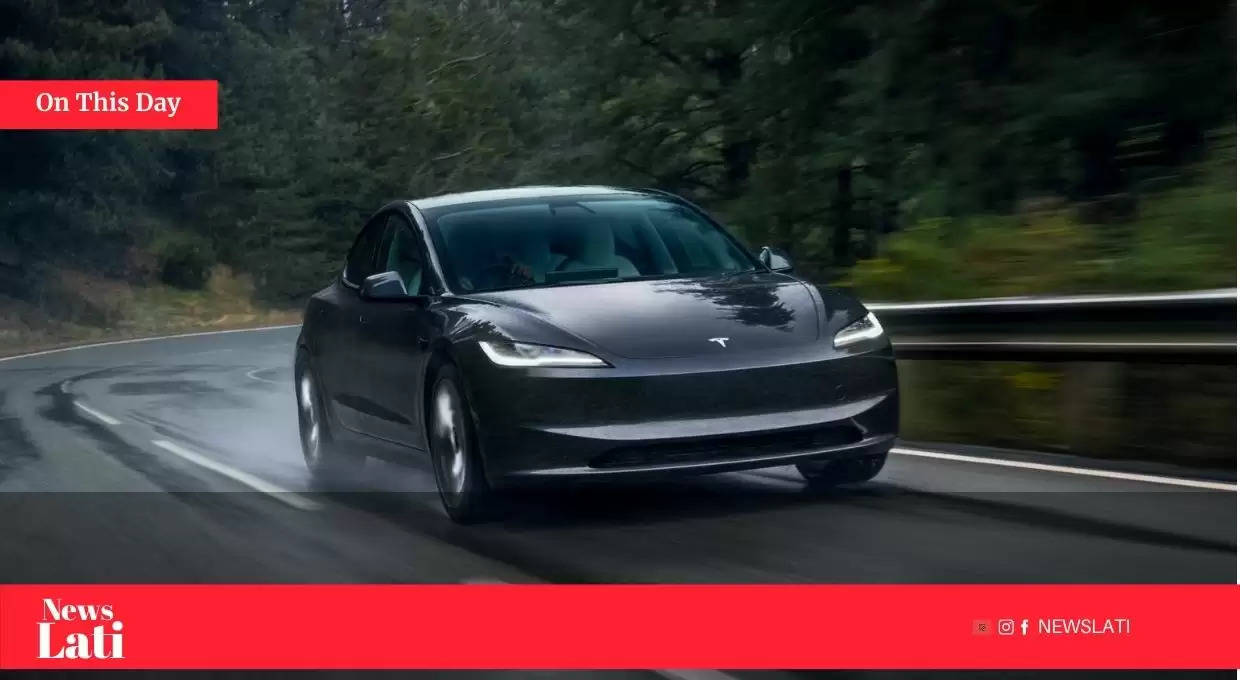Tesla FSD 13.2: Autonomous Road Trip from Los Angeles to San Diego

In a groundbreaking demonstration of autonomous vehicle technology, Tesla's Full Self-Driving (FSD) version 13.2 has successfully driven a Model 3 from Los Angeles to San Diego in a completely hands-free journey. This road trip, which spanned from a parking spot in Los Angeles to a hotel parking garage in San Diego, marks a significant leap forward in the realm of self-driving technology.
The journey began with the car's driver setting the destination in the Tesla's navigation system, after which the vehicle autonomously handled all aspects of driving. From navigating through urban traffic to managing highway speeds and complex interchanges, Tesla's FSD 13.2 did not require the driver to touch the steering wheel or pedals throughout the trip. This achievement underscores the potential of Tesla's vision for a future where cars can drive themselves under nearly all conditions.
My Tesla FSD 13.2 drove me from Los Angeles to San Diego, and I didn't touch the steering wheel or pedals once from the parking spot in Los Angeles to the parking garage of the hotel in San Diego. Road tripping without this tech in 2024 is insane.
— Whole Mars Catalog (@WholeMarsBlog) December 13, 2024
Sponsored by @JowuaLife pic.twitter.com/H8VohGucgm
The route from Los Angeles to San Diego includes diverse driving scenarios, from busy city streets to the high-speed Interstate 5, and the FSD system managed these with precision, showcasing its ability to read road signs, react to traffic conditions, and even park the vehicle upon arrival. This feat was particularly noted by the Tesla community and tech enthusiasts, who have been waiting for such a demonstration to validate the capabilities of Tesla's latest software update.
Tesla's FSD system, now in its 13.2 iteration, has seen numerous updates aimed at increasing reliability and safety, with each version building upon the last to address previous shortcomings. The system uses a combination of onboard cameras, advanced algorithms, and real-time data from other Tesla vehicles on the road to make driving decisions. This collective data approach allows for rapid learning and adaptation, making each journey potentially safer and more efficient than the last.
This road trip not only highlights Tesla's advancements in autonomous driving but also stirs the conversation around the readiness of self-driving technology for everyday use. Despite the success, Tesla emphasizes that the FSD system requires supervision, reminding drivers to stay attentive to ensure safety.
As Tesla continues to refine its FSD technology, the implications for road safety, traffic efficiency, and the overall driving experience are profound. This journey from Los Angeles to San Diego might just be a glimpse into a future where autonomous driving becomes the norm rather than the exception.
